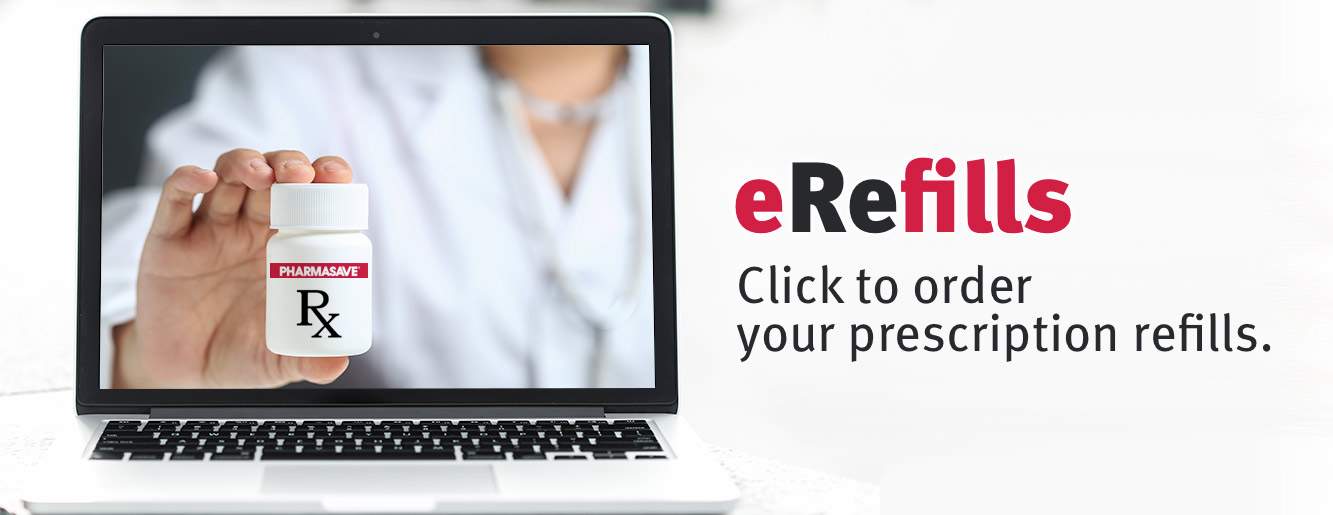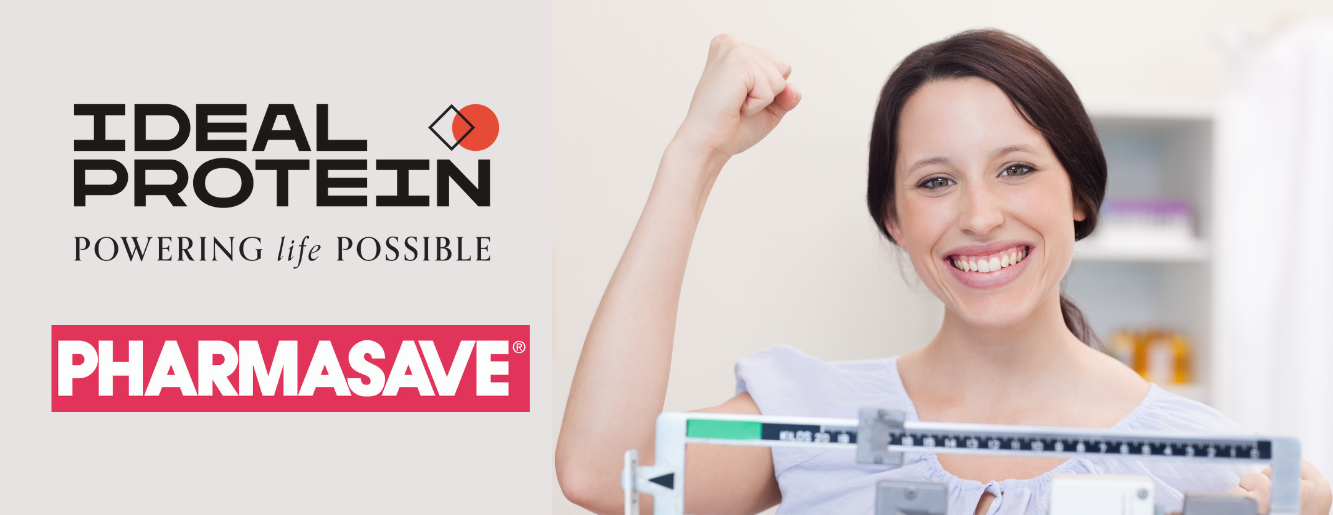Dr. Henry Cheng
One of the factors governing the efficacy of nutritional medicines is bioavailability.
Polyphenols from plants like flavonolignans from Milk Thistle, curcumin from Turmeric, catechins/eipicatechins from green tea and grape seed had been found to be poorly absorbed in their natural forms. Fortunately in 1989 a group of Italian researchers developed a technology to chemically bind these water soluble molecules to a fat soluble phospholipid called phosphatidylcholine (PC). PC is the major phospholipid of the cell wall. While the original water soluble molecule is repelled by the fatty cell wall, the new hybrid molecule having been disguised as a fatty molecule is transported across the cell membrane easily. The molecule resulting from the chemical bondage of a polyphenol and a phospholipid is called a phytosome. This is a technology you can find in high end products. In addition to enhanced absorption, phytosomes offer another advantage over the crude polyphenol. Phosphatidylcholine (PC) is the principal building block for circulating lipoproteins and cell membranes. So, next time you are looking for a good preparation of milk thistle, ginkgo biloba, curcumin, green tea extract or grape seed extract, make sure they are in the form of phytosomes. Milk Thistle’s silymarin flavonolignans supports the liver. Curcumin is anti-inflammatory and anti-cancer. Green Tea catechins are anti-oxidant and anti-cancer. As well they have demonstrated fat oxidation effects as used for weight loss. Grape Seed catechins and epicatechins support circulation and are anti-cancer. There is now a chewable form of Ubiquinone (Coenzyme Q10 or Co-Q-10) that employs this technology to enhance absorption. The manufacturer Vitaline claimed that their Co-Q-10 is absorbed so fast that absorption starts in the mouth when it is being chewed. Being semi-fat-soluble, this Smart Q10® has been shown to cross the blood brain barrier so it is used to support dementia.
Bioavailability also depends on the chemical structure of the molecule being utilized in a preparation. For example, when you take a Vitamin B12 preparation, try to get one that contains methylcobalamin. The common form of B12 cyanocobalaimin is only well absorbed as an injection. If you are taking B12 orally, methylcobalamin would offer much better absorption. Another example is Vitamin D. D-alpha tocopherol (D3) is the form that the skin makes when it is exposed to sunlight and is the more effective form of vitamin D. The synthetic form dl-alpha-tocopherol would not work so well.
In general liquid forms of vitamins and plant extracts work faster because they are better absorbed. Most people choose capsules and tablets just for convenience. The down side of liquids is they do not keep so well so most of the time you have to keep an opened bottle in the fridge. One way of combating the faster decay of liquids is to put them in gel caps. So you’ll find many oil preparations being marketed in gel cap forms. The gel cap protects the oil from being oxidized by air.
Another way of enhancing bioavailability is to have the ingredients micronized, micro-crystallized or atomized. The smaller the module the easier it get absorbed. This technology is seen in MCHC (microcrystallized Calcium Hydroxyapatite Concentrate), which is probably the best form of calcium on the market today. The micronized form of rice bran oil in Body Builder® enables the fatty suspension to stay even and the gamma oryzanol nutrient well absorbed.
Gamma oryzanol is a non-steroidal anabolic agent. People use it to promote conversion of fat to muscle mass, for endurance in sports, and for slimming. When used for these purposes, the crude rice bran oil does not seem to work half as good as the miconized form.
Yet another method of enhancing the efficacy of a nutraceutical is by putting a protective coat over the pill. This acid resistant layer will protect the pill contents from being destroyed by the stomach acid. You see this technology employed in enzyme prepartations like Wobenzyme, probiotic preparations like Acidophilus Ultra Plus.
In order to ensure efficacy, some companies standardize all their preparations. This means when you take a pill, you know exactly how much of the active ingredient you are putting in your body. For example, Metagenics does not label their fish oils or squid oils as such. Instead you will find “EPA/DHA” or “High DHA” on the label. Each pill of these oils are guaranteed to have x number of mg of the EPA or DHA. For Flax Oils and Hemp Oils, find one that is extracted by cold press. Those that are of a lower grade are usually extracted by heat, which would have altered the active ingredients.
Dr. Henry Cheng is a medical graduate of the University of London, England and is now Natural Products Consultant at Cloverdale Wellness.




